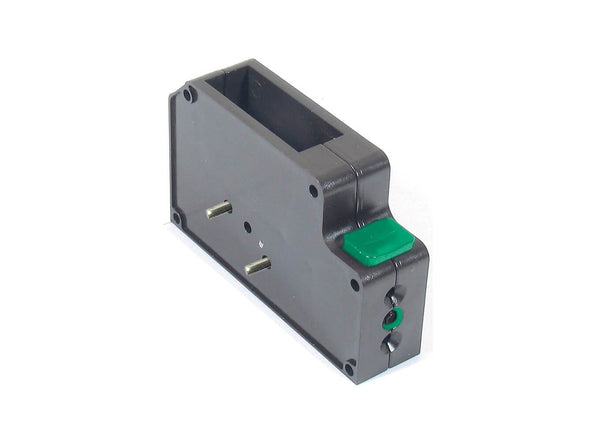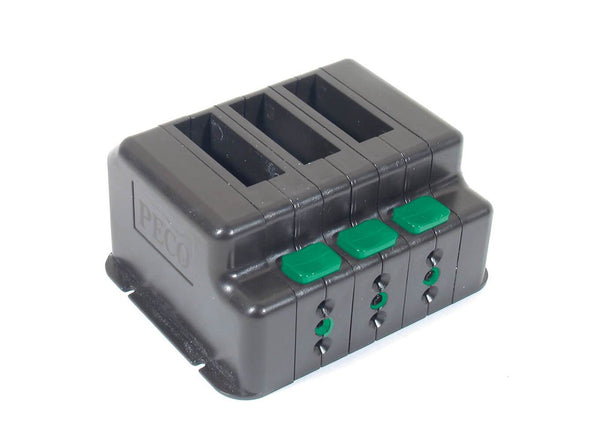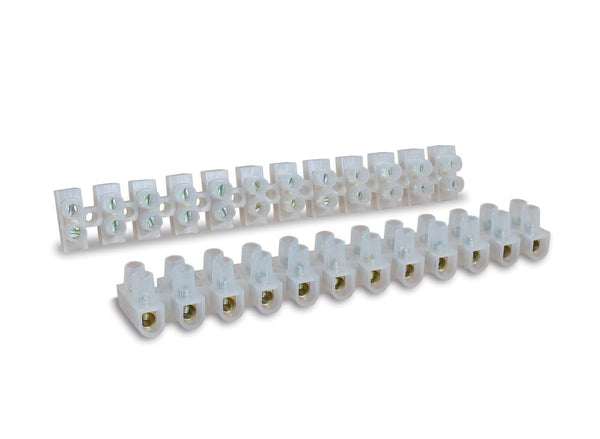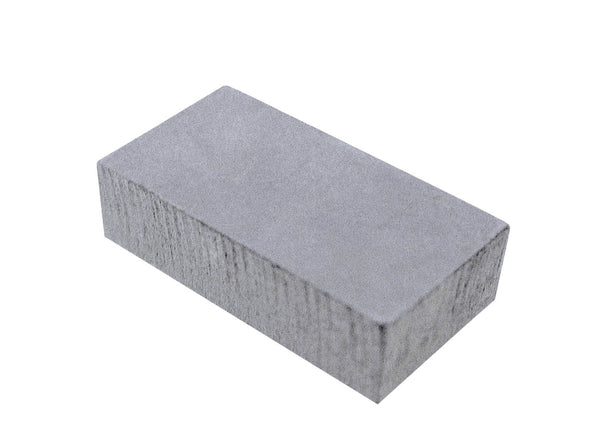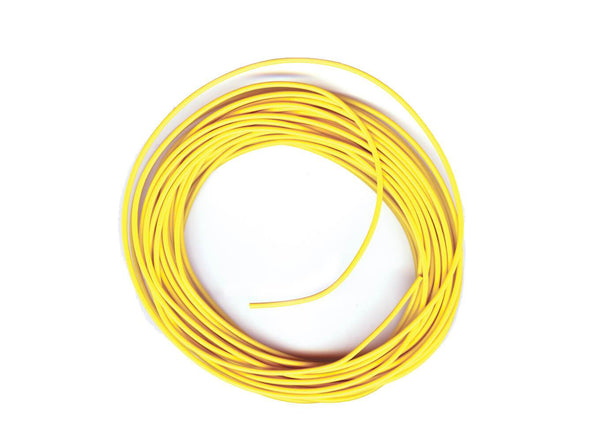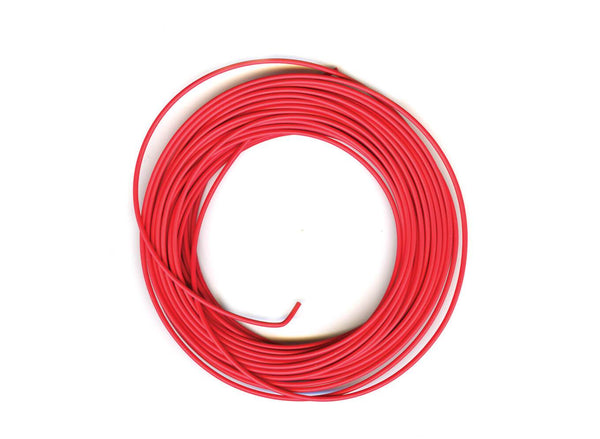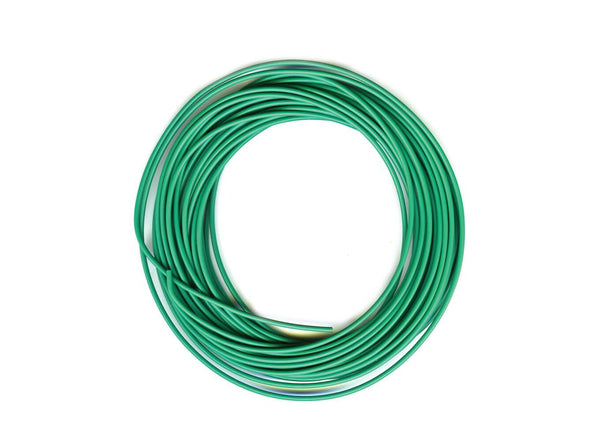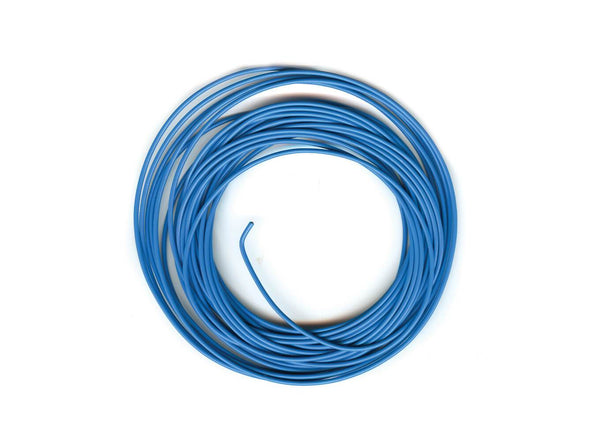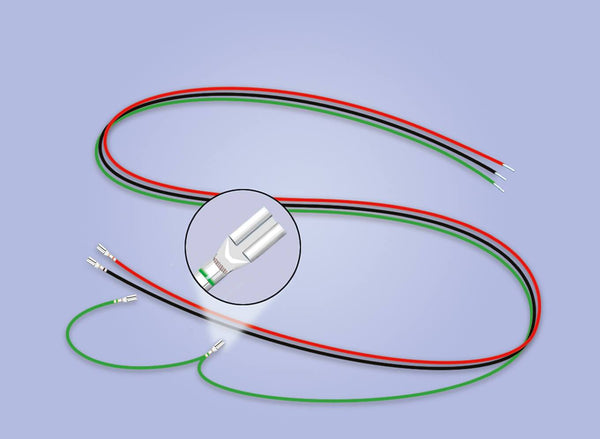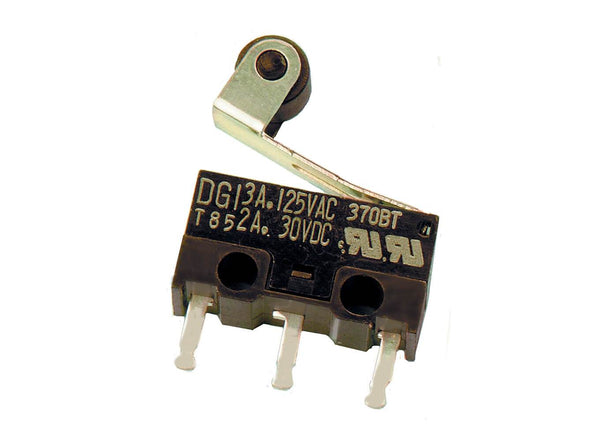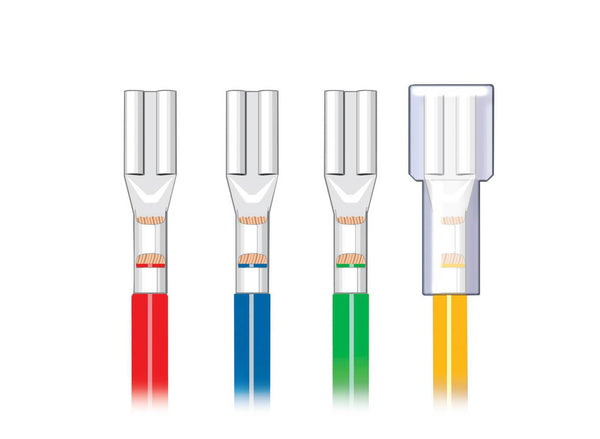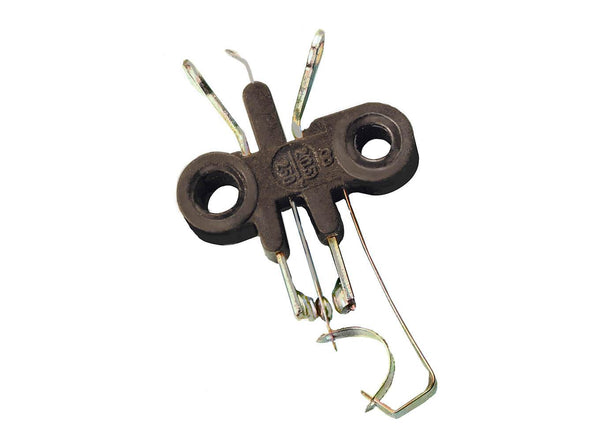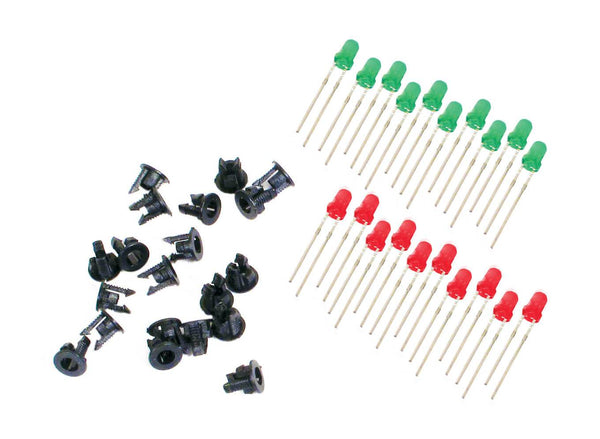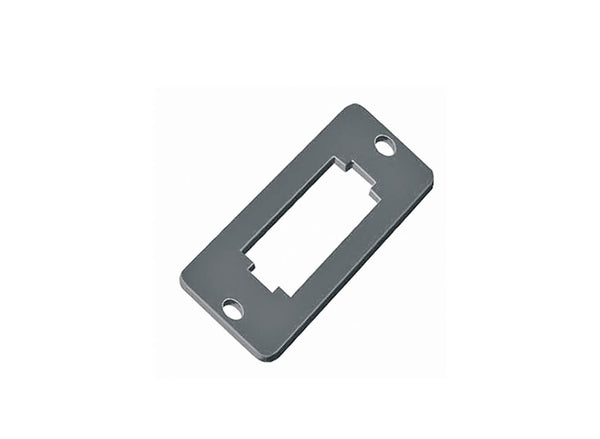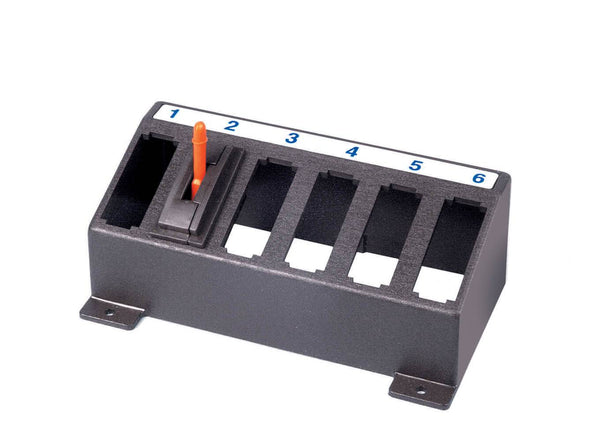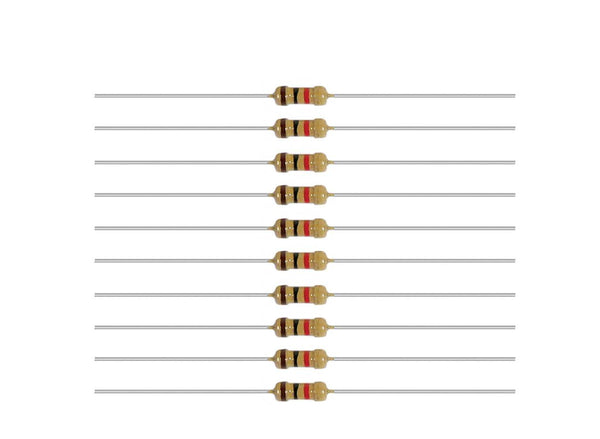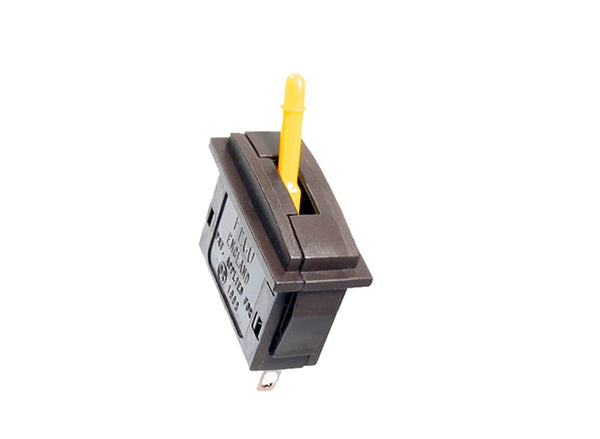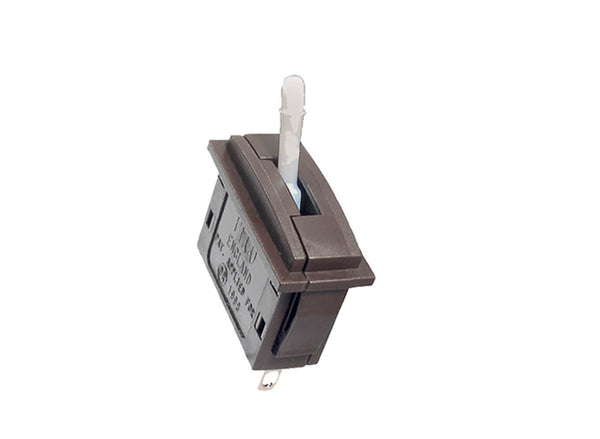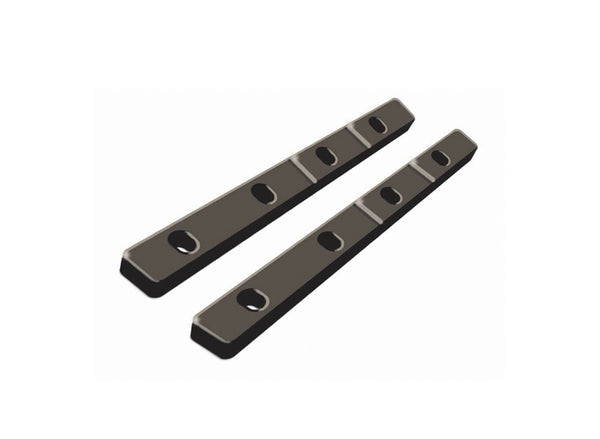BROWSE PECO PRODUCTS
Browse through our complete product portfolio.
2642 Products Found
Turnout Switch Module Add-on
Allows the PL-50 Switch Module to be extended to any size required.
Turnout Switch Module
Enables switches to be connected without any need for soldering. Power is supplied through the fitted leads and each switch is automatically connected when fitted. Simply push the button on the front to open the holes, and feed in the bare wires from the turnout motor - no soldering or other fixing required. The PL-51 allows the PL-50 module to be extended to any size required.
Wheel Cleaning Brush
Simply connect the wires from the brush and scraper directly to your layout power supply and apply them to the driving wheels, one on each side.
Terminal Block
Invaluable wiring aid - no soldering required. 2 strips of 12 blocks, easily cut with a craft knife into smaller units. Use them when extending wiring runs from Power Feed joiners (PL-80/81 and 82), Wiring Looms (PL-34) etc.
Rail Cleaner
Abrasive rubber block for removing dirt and oxidisation from the rail surface. Improves running, particularly at low speeds.
Yellow Connecting Wire
The vital link. Your model railway will be so much easier to extend and maintain if you adopt a colour code scheme for the wiring.
Red Connecting Wire
The vital link. Your model railway will be so much easier to extend and maintain if you adopt a colour code scheme for the wiring.
Green Connecting Wire
The vital link. Your model railway will be so much easier to extend and maintain if you adopt a colour code scheme for the wiring.
Cable Clips (Pack of 20)
Keep your wiring organised and tidy with these self adhesive clips. Pack of 20 clips
Blue Connecting Wire
The vital link. Your model railway will be so much easier to extend and maintain if you adopt a colour code scheme for the wiring.
Black Connecting Wire
The vital link. Your model railway will be so much easier to extend and maintain if you adopt a colour code scheme for the wiring.
Wiring Harness for PL-10 Series Turnout Motors
Makes wiring the PL-10 series of Motors quick and easy. Just a simple push fit onto the motor terminals; the other ends are tinned and ready for the PL-39 Terminal Block, PL-50 Switch Module Unit, or PL-31 Push on Terminal Connectors.
Closed Microswitch
Closed type, rated 16v 2amps (continuous) or 2.5amps (momentary). Use this microswitch with the PL-19 Microswitch Housing for polarity switching the SL-E790BH 0 Gauge Double Slip.
Capacitor Discharge Unit
For use with all solenoid motors (e.g. PL-10 and Pl-11). Connect this unit to the 16v ac supply on your transformer. The capacitor stores up power and discharges a 'kick' to ensure turnout blades 'snap over' every time.
Terminal Connectors/Shrouds
Push on Terminal Connectors and shrouds. These connectors make modification and fault finding so much easier than soldered wiring. Use them to connect the PL-38 Wire to PL-26 Passing Contact Switches, PL-22 On/Off Switches, PL-23 On/On Switches, and PL-34 Wiring Looms to PL-26 Passing Contact Switches. They can also be used when connecting wires to other items, for example, PL-13 Accessory Switches, PL-15 Twin Microswitches, PL-10 Turnout Motors, and PL-32 and 33 Microswitches.
Open Microswitch
Open type, as used on the PL-15 Twin Microswitch. Rated 16v 2amps (continuous) or 2.5amps (momentary).
LED's
These can be used directly from terminals on the Smartswitch (TM) Control Board (PLS-120) and Smartfrog (PLS-130) to show route selection. They can also be powered via a 12v DC supply if the PL-29 Resistors are included in the circuit.
Switch Mounting Plate
Use these when creating a diagrammatic control panel to clip fit PL-26 Passing Contact Switches, PL-22 On/Off Switches and PL-23 On/On Switches in the required place.
Switch Console
Houses 6 PL-26 Passing Contact Switches, PL-22 On/Off Switches or PL-23 On/On Switches.
Yellow Passing Contact Switch
Provides the short burst of current required to operate the PL-11 and PL-10 series of Turnout Motors. The PL-31 Connectors are ideal for attaching the PL-34 Wiring Looms or PL-38 wire to these switches without soldering; the included Shrouds prevent current 'shorting out' between the terminals.
White Passing Contact Switch
Provides the short burst of current required to operate the PL-11 and PL-10 series of Turnout Motors. The PL-31 Connectors are ideal for attaching the PL-34 Wiring Looms or PL-38 wire to these switches without soldering; the included Shrouds prevent current 'shorting out' between the terminals.
Red Passing Contact Switch
Provides the short burst of current required to operate the PL-11 and PL-10 series of Turnout Motors. The PL-31 Connectors are ideal for attaching the PL-34 Wiring Looms or PL-38 wire to these switches without soldering; the included Shrouds prevent current 'shorting out' between the terminals.
Switch Joining Bars
Allows adjacent switches in the PL-27 Switch Console and PL-50/51 Switch Module Unit to be ganged together and operated simultaneously.










